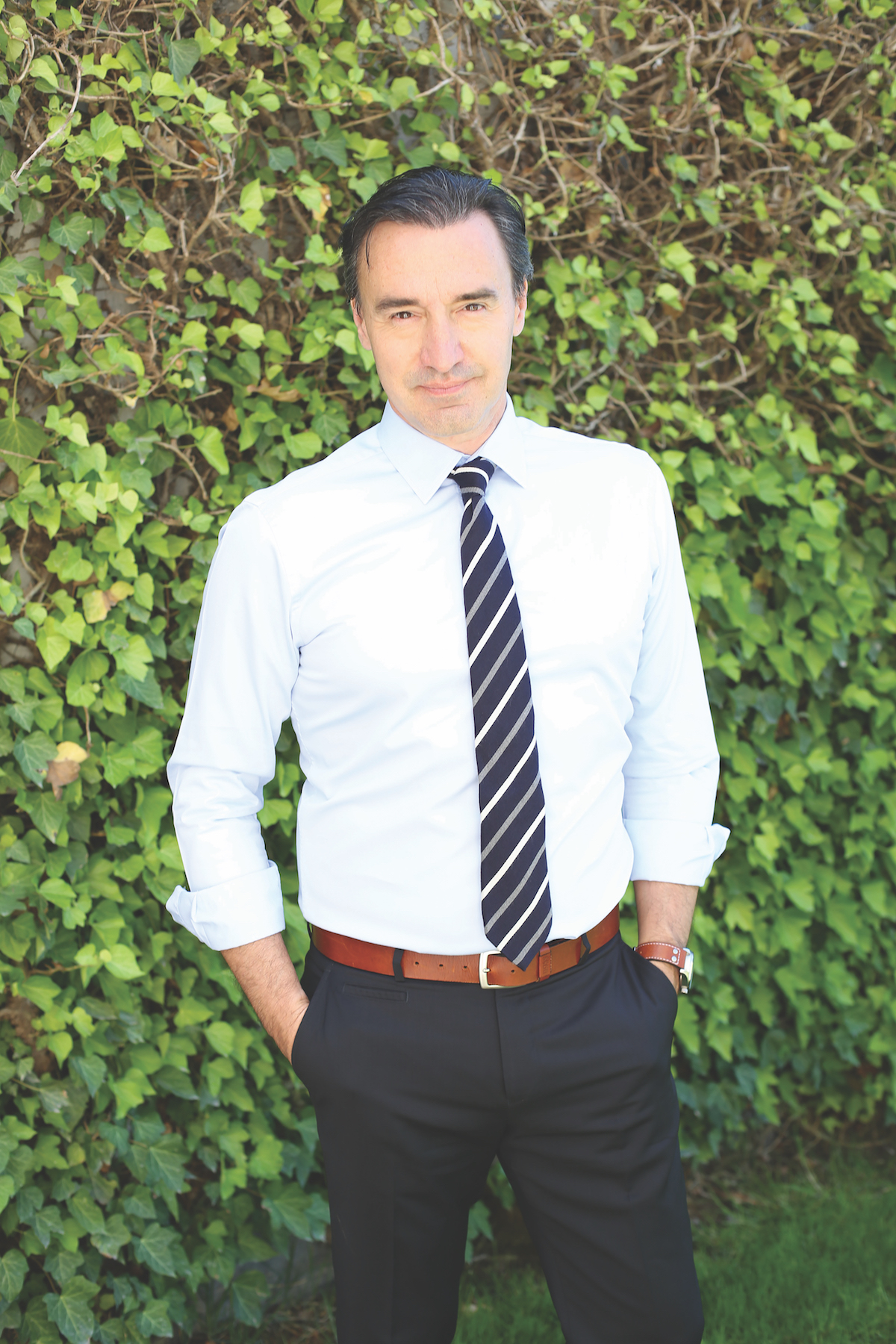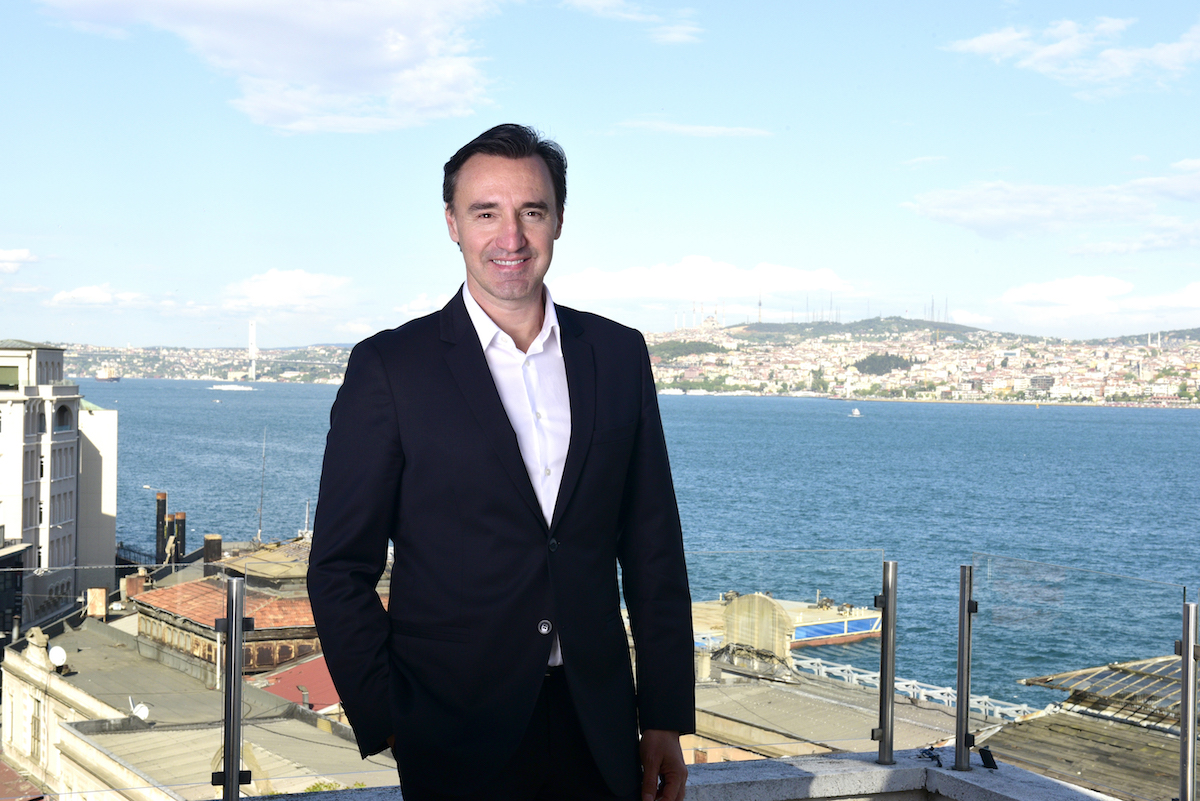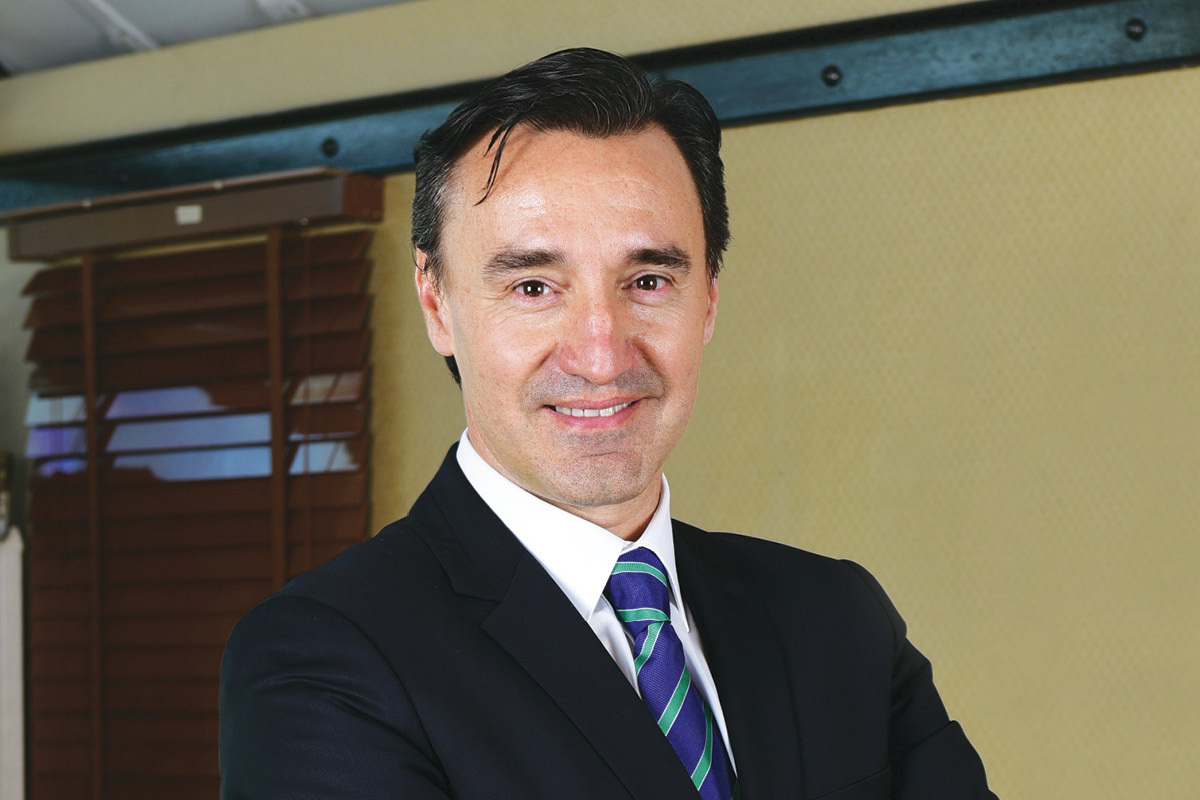When asked what it takes to lead the world’s largest cruise port operator, Emre Sayin likens it to being a professional quarterback, directing scattered players towards the same goal. Emre was appointed CEO of Global Ports Holding (GPH) in May last year, setting himself a firm goal to alter the perception of the company, from being seen as a business with an extensive portfolio of ports, to a company run by a global team.
A global team with a single mission
Established in 2004 and headquartered in Turkey, GPH operated one multipurpose and 2 cruise ports until 2013, when its international expansion began, starting with Montenegro’s Port of Adria. Within 2 years, acquisitions jumped from 3 to 10 ports in 7 countries, the majority established in the Mediterranean where it enjoys a 25% market share.
Today, there are 14 ports in 8 different countries, including the Atlantic and Asia–Pacific regions, each operating independently and servicing 7.5 million cruise passengers annually. “While they operate their own business, they are also part of a global team with a single mission, single direction, just like an American football team on the playing field,” Emre reflects.
“The local team also works closely with the local stakeholders such as the port authority, the tourism boards, ministry, the city, the mayorship. Then there are all the other players that are too numerous to count,” he says. “All of these forces have to come together, with the role of the port operator vital because the operator is the one that talks to cruise lines daily and is up to date with everything from their needs to their complaints.”
Creating attractive ports
Emre’s experience in senior marketing and service development roles in companies including Microsoft, VimpelCom and Verizon inspired him to extend the services of GPH to offer a broader and more efficient service, keeping in mind ports must be attractive enough to be included on cruise itineraries.

Multiple factors have to be considered when providing services to passengers visiting the destinations, including mobile wi-fi, maps, bike rentals, taxis and restaurant bookings. “We have to market the whole destination, the whole city,” he explains. “We sought feedback from passengers, because obviously to build the right services and products we needed to understand what it is they require in order to leave a country happy.”
We think globally, but act locally.
While GPH already offers additional benefits such as internet, retail, food outlets and tourism information centres at port, the challenge now is to plan the infrastructure to cope with the expected 42% growth in the cruising industry over the next 5 years. In 10 years, it is expected that new, longer, larger ships carrying more passengers will add 12 million new passengers.
“A lot of resources and planning are required to have the infrastructure needed to develop and sustain a port,” Emre says. “You have to make sure that operations are in place to handle such big ships and their huge numbers of passengers, particularly since they expect to offload in the same amount of time. We have an operating system which aims to simplify the flow, reduce the waiting time, and reduce the lines, and this will be used in all our ports.”
Integrated but independent
Integrating the ports, while still allowing them to operate independently to maintain their individuality, is a huge priority for Emre. In his effort to streamline management, he’s introduced a cadence of business meetings with general managers: face to face every quarter and monthly one-to-one calls.

“We have to think globally, but act locally; operate independently, but collaboratively,” Emre explains. “Each port is responsible for marketing itself to improve its own destination and keep the local flavour, but we use the overall experience and capabilities of our teams to learn something different from all 14 ports. This information is then passed on so that we improve all over the world.
“We also had to integrate the 2 different business profiles of acquisition and development,” Emre adds. “We have now streamlined decision-making when it comes to our newly acquired ports, and have introduced an induction process in order to develop them into global ports.”
Open communication – without chaos
However, no matter how integrated a global team may be, members spread across the world speaking multiple languages, eating very different food, practising different religions and cultures, will bring enormously different opinions to the table. A unique strategy was required that would allow for ideas to be aired and then assessed.
We all share a common idea that we want to be the best, which is why we keep an open mind about new ideas, innovation and change.
“One principle that we all share and instil in our work culture is to disagree but commit anyway,” Emre says. “When we discuss an idea and everybody contributes from all different angles, we appreciate that no-one’s idea is automatically better than another’s. But when the final decision is made, everybody commits, even if they disagree, and it is this element of our work culture that encourages open communication without causing chaos.
“We all share a common idea that we want to be the best, which is why we keep an open mind about new ideas, innovation and change. To be the best, you have to change, and to change things in an industry such as this where things have been done in a certain way for a long time takes a lot of guts and courage.”
While GPH’s well-defined operating model relies on 4 distinct pillars – organisation, governance, functions and technology – Emre’s philosophy about leadership is very simple. “Have a good heart, a good mind, and the willingness to stand for what you believe in,” he says.
“Someone once told me that it is easy to recognise a leader: you just have to look at the followers. If there are a lot, then that is a good leader. Also, a good leader is only as good as the people who elevate them, so I want to thank every single person in my team of 677 people, because I’m not doing this alone.”

